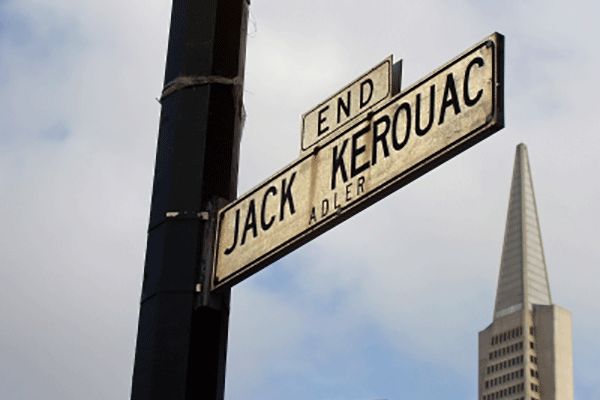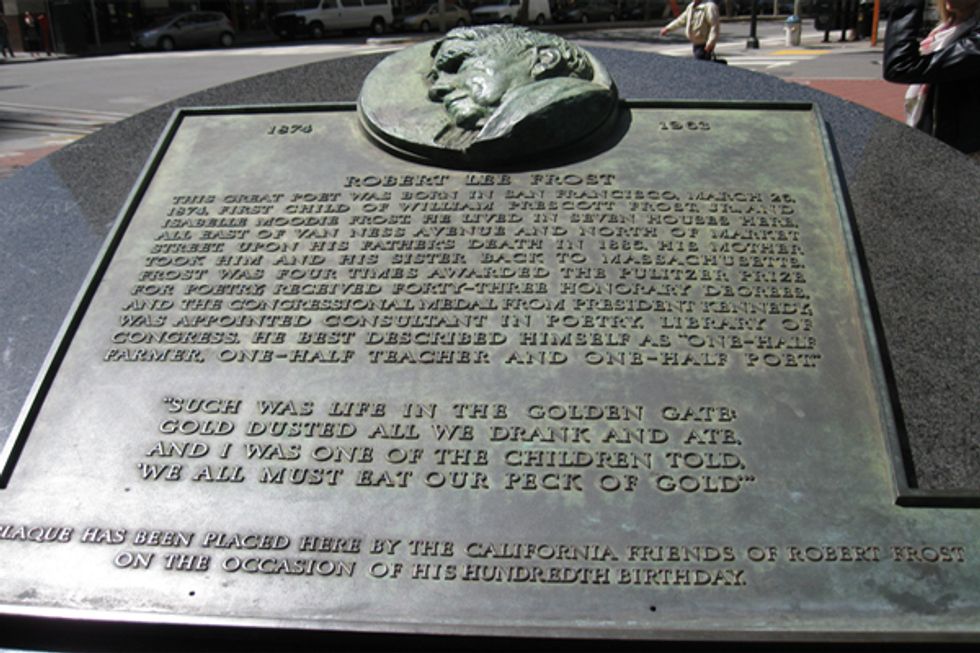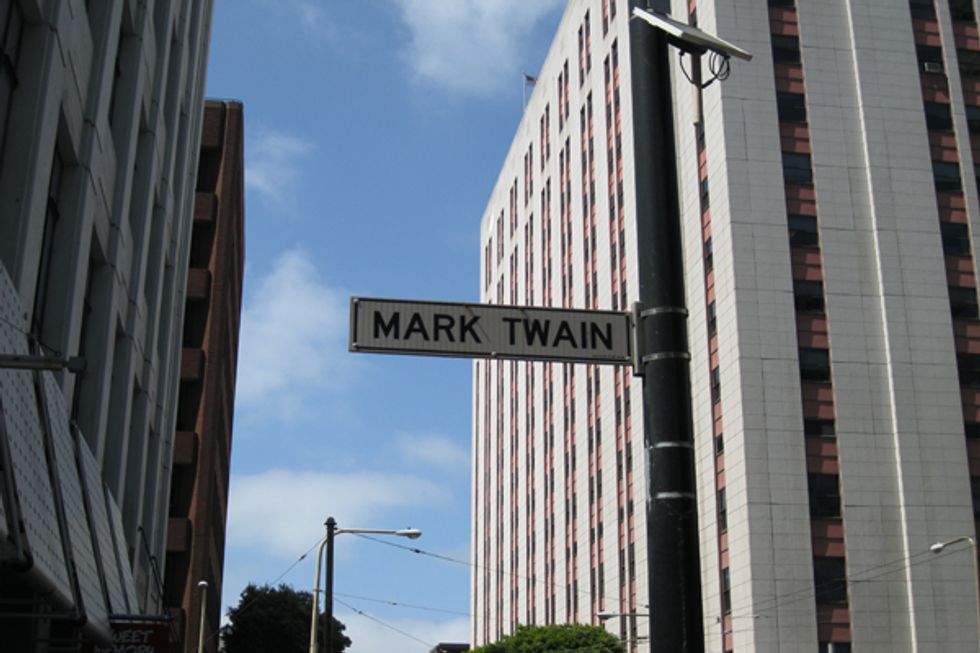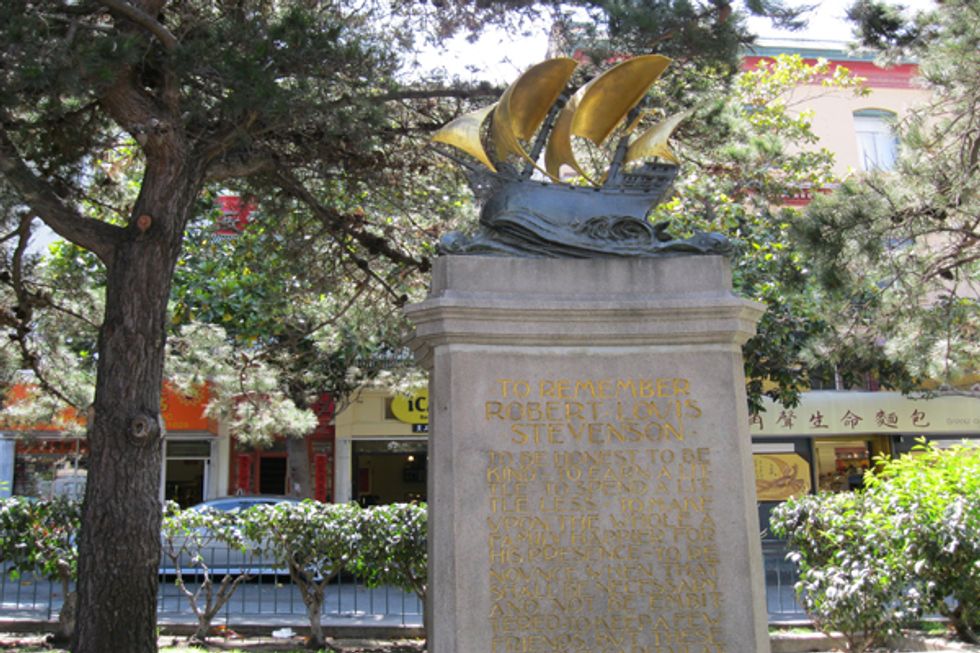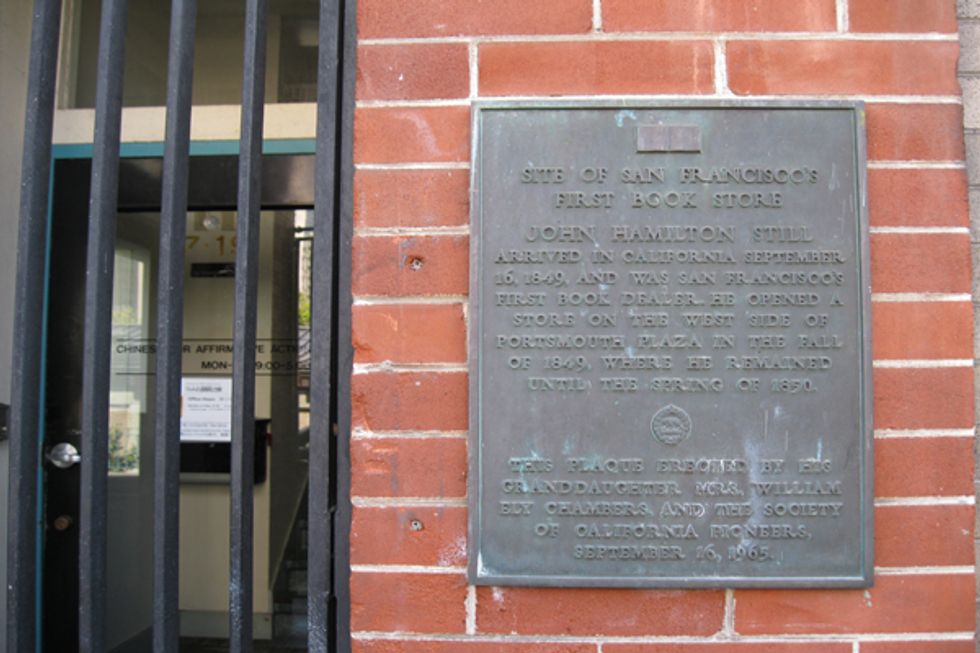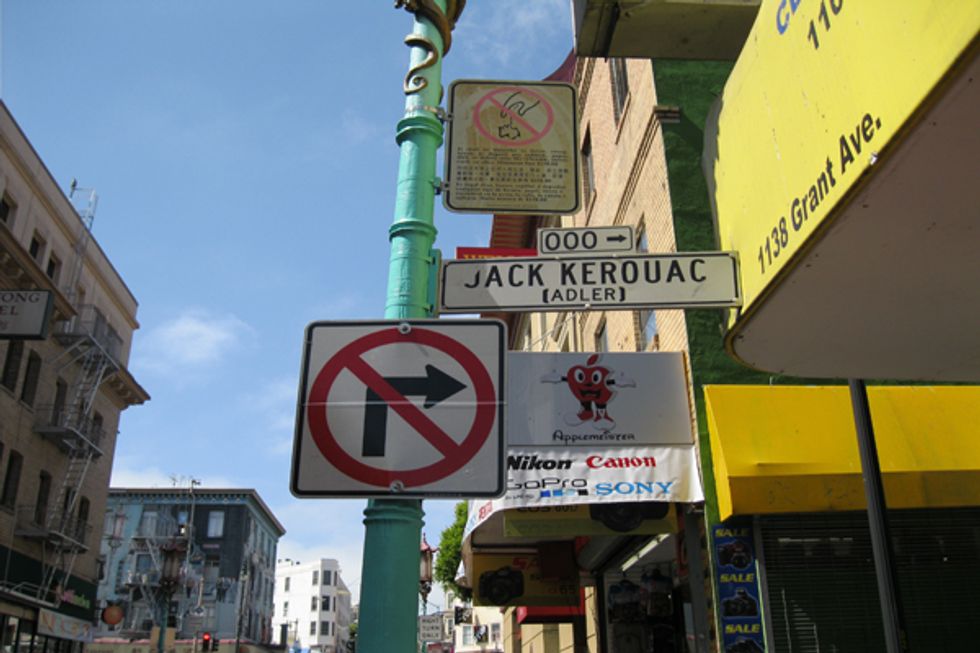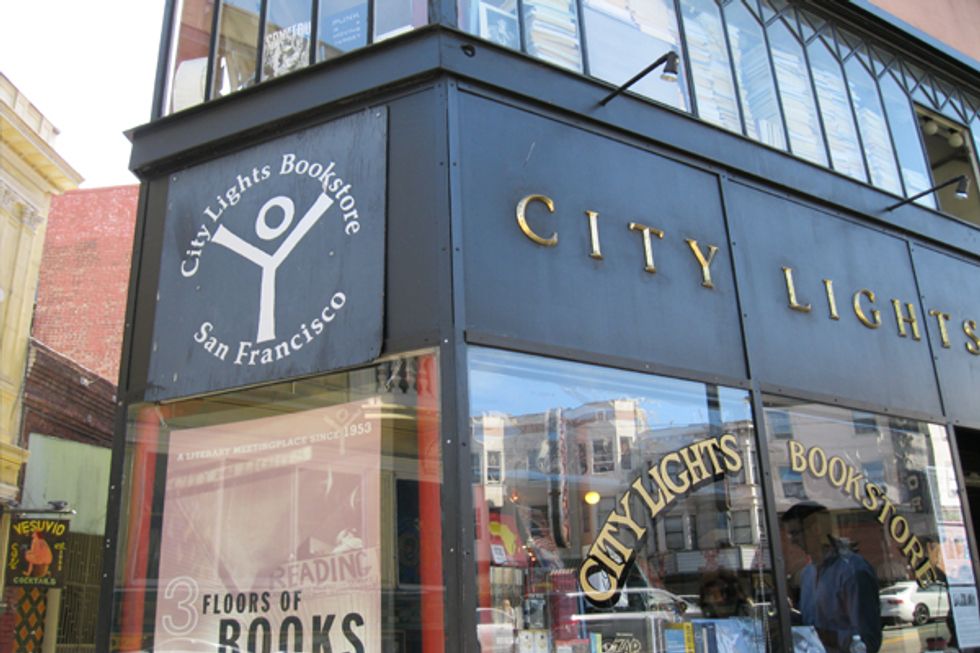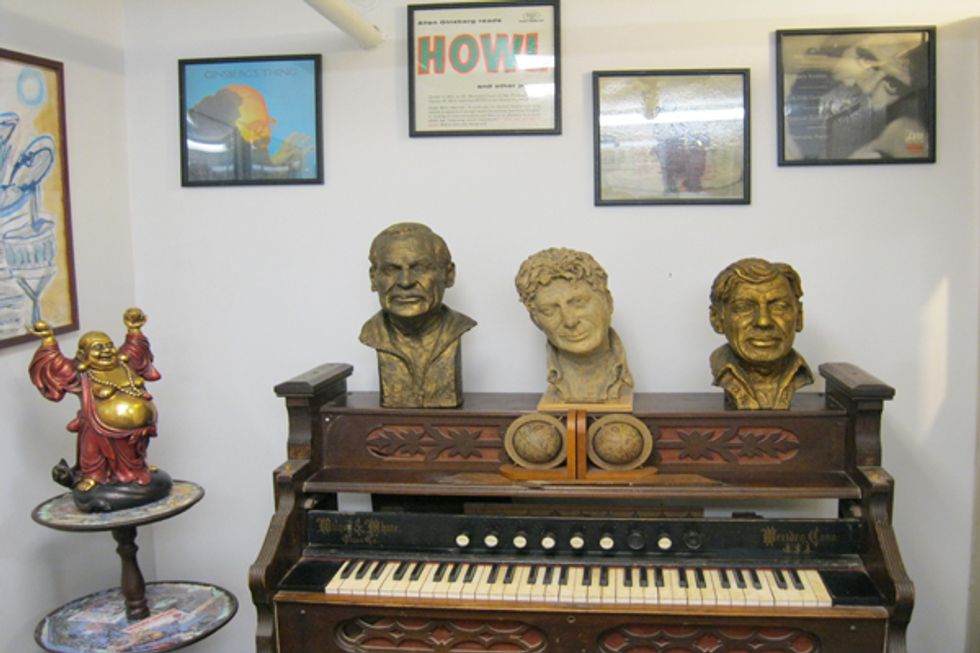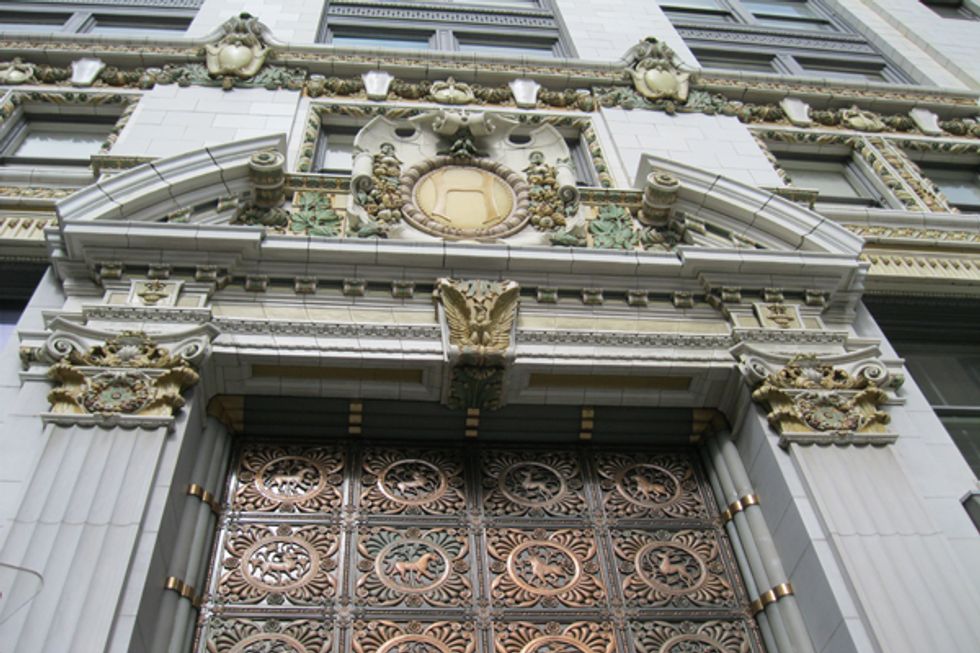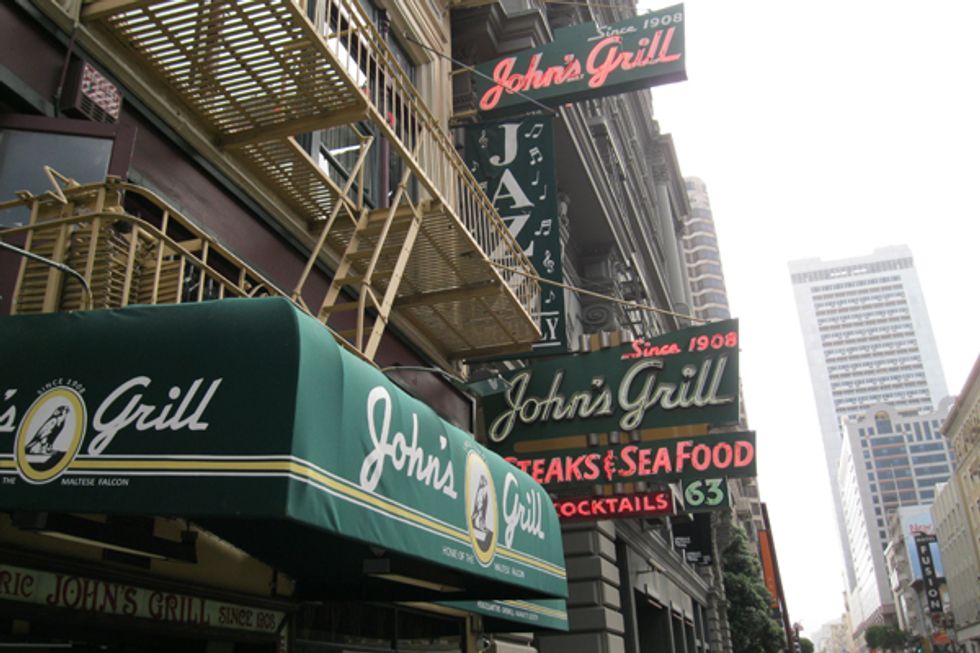Publisher and director of City Lights Booksellers and Publishers, Elaine Katzenberger, describes San Francisco’s iconic bookstore as “a good place to feel like you’re among like-minded people.” For the literary inclined, that may be just the phrase to describe most of San Francisco, a city that, at one time or another, served as a home to authors such as Allen Ginsberg, Maya Angelou, Dashiell Hammett, and John Steinbeck.
San Francisco has often provided a space for authors to develop their careers and, in doing so, establish beatnik counterculture, write for The San Francisco Examiner, and sell and publish their first successful novels and poems. So, if you have two hours to spare, why not take a literary tour of San Francisco? Here are just a few highlights you may want to check out along the way.
Robert Frost Plaza (1 California Street)
Although generally considered a New Englander, poet Robert Frost was born in San Francisco, where he lived until his father died and his mother relocated the family to Massachusetts in 1885. The plaza, which includes a small plaque dedicated to the poet, is located just outside the Embarcadero Bart and a great place to start one’s literary walking tour.
Mark Twain Plaza
William Faulkner once called Mark Twain the “the first truly American writer.” Although born in Missouri, during his lifetime Twain lived in various locations throughout the country, including San Francisco, where he moved in 1864 and later wrote his first successful short story, “The Celebrated Jumping Frog of Calaveras County.” Although little other than a street sign, it’s worth walking by the plaza on your way to Chinatown to acknowledge the time the author spent in the city.
Robert Louis Stevenson Monument (Portsmouth Square)
In the heart of Chinatown is a monument dedicated to Robert Louis Stevenson, author of Treasure Island and The Strange Case of Dr Jekyll and Mr Hyde. The monument, which features the ship from Treasure Island, also includes an inspiring quotation and is dedicated to the Scotsman who moved to the Bay Area after marrying his wife in 1880.
San Francisco’s First Bookstore (19 Walter U. Lum Place)
Although City Lights Books is perhaps San Francisco’s most well-known bookstore, this plaque marks the site of the city’s first bookstore, which was opened by John Hamilton Still in 1849. The plaque can be found just across the street from Portsmouth Square.
Vesuvio Cafe and Jack Kerouac Alley (255 Columbus Ave.)
“The air was soft, the stars so fine, the promise of every cobbled alley so great…” reads one of stones found on Jack Kerouac Alley. The alley leads to Vesuvio Cafe, where several Beat writers spent their time. For Beat enthusiasts, there’s much to see here, including a brightly painted mural and quotations by other famous San Francisco authors such as John Steinbeck and Maya Angelou.
City Lights Booksellers and Publishers (261 Columbus Ave.)
Perhaps the literary sight to see, City Lights Books is located next to Vesuvio Cafe and is known for its historic support and publication of paperback titles by poets and writers such as Allen Ginsberg, Frank O’Hara, and Jack Kerouac. Katzenberger describes City Lights as “a center of gravity,” a place where other writers could gather and feel comfortable. According to Katzenberger, the store also carries unusual books, ones not always found on the bestseller list. “Here you find things you just didn’t know existed,” she says.
The Beat Museum (540 Broadway)
Part-time museum employee and writer Ezekiel Tyrus says, “We’re living in Jack’s [Kerouac’s] world.” The Beat Museum includes memorabilia, author bios, and photos of Beat writers and the counterculture they established. According to Tyrus, the Beats, especially Kerouac, influenced our modern times not just in terms of literature but also in terms of clothing, style, and music. “Jack Kerouac was not ahead of his time,” says Tyrus, “he was the catalyst who changed the times he was in.” For more on Beat culture, be sure to visit Caffe Trieste around the corner on 601 Vallejo Street.
The Mechanics’ Institute Library & Chess Room (57 Post St.)
After spending some time in North Beach, take a walk down Montgomery Street towards the Financial District and the Mechanics’ Institute Library, founded in 1854. Originally serving local artisans and their families, the library features an impressive spiral staircase and “the oldest continuously operating chess club in the United States.”
Hearst Building (5 3rd St.)
Once the home of The San Francisco Examiner, this historic building was previously known as the “newspaper angle” and is the building where journalists such as Ambrose Bierce worked. The plaque outside the building is dedicated to William Randolph Hearst (1863-1951) whose father, George Hearst, bought The Examiner, later allowing his son to take the reins, establishing a profitable newspaper empire.
John’s Grill (63 Ellis St.)
“Home of the Maltese Falcon,” John’s Grill is referenced in Dashiell Hammett’s most famous title, The Maltese Falcon.Hammett, who first worked as a detective for the Pinkerton Agency, later began writing mysteries, several of which are set in San Francisco.



